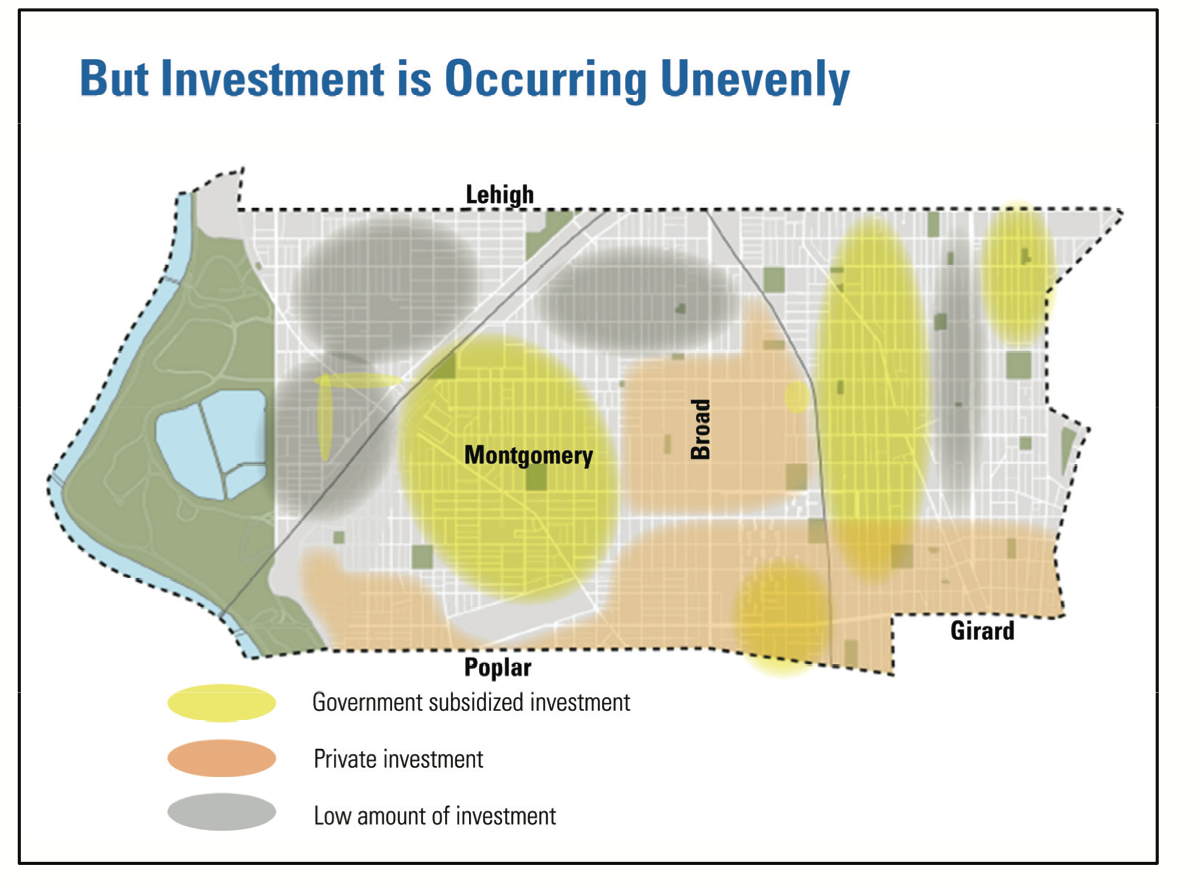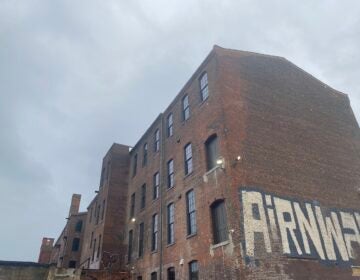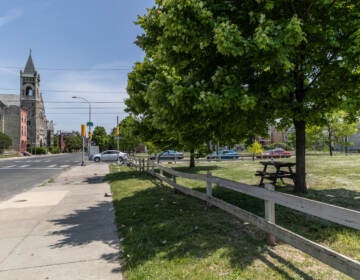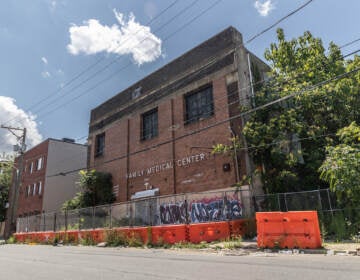PCPC reviews plans for Central Northeast, Lower North neighborhoods

The Philadelphia City Planning Commission reviewed district-level comprehensive plans for the Lower North and Central Northeast sections of Philadelphia Tuesday.
District-level plans apply the goals and concepts of the city-wide comprehensive plan to groups of similar and adjacent neighborhoods.
The Lower North plan includes the neighborhoods of North Philadelphia, North Central, Norris Square, Olde Kensington, South Kensington, West Kensington, Yorktown, Ludlow, Brewerytown, Green Hills, Cecil B Moore, Sharswood, Strawberry Mansion.
Lower North Philadelphia has some huge assets: Temple University; 19 bus routes, four El stops and two regional rail stops; proximity to Center City, proximity to Fairmount Park and other parks and recreation centers and libraries.
But the district has significant challenges, including an abundance of vacant land and properties. While showing slight growth in recent years around Temple, the population has plummeted since its peak in the 1950s. Current median household income is $16,459. When adjusted for inflation, that represents a 10 percent drop in income since 1980. About 47 percent of residents live in poverty.
Much of the plan is geared at concentrating city efforts in those parts of the district that planners say either remain strong or are showing signs of redevelopment right now, such as market pressure for more housing.
Planner David Fecteau, who presented the plan to the Commission, said he would like the city to commission a study of the area to see what impact, if any, a rise in property values has on long-time renters and homeowners.
“The reality is we don’t have any proof that anyone’s ever gotten pushed out,” Fecteau said. “We don’t want to perpetuate this myth.”
Some recent reports have suggested that long-time residents of gentrifying communities may actually benefit from rising property values. Fecteau said the situation in Philadelphia may or may not bear that out, but that the city should not be making policy decisions around the issue of gentrification “blindly.”
The plan calls for targeted public investment, a focus on the reuse of vacant properties, the preservation of single-family homes, and zoning changes designed to concentrate commercial development and foster redevelopment of former industrial zones.
It also calls for improving mass transit and preserving historic assets, including some in Strawberry Mansion. See previous coverage here and here.
The Central Northeast plan includes Fox Chase, Burholme, Rhawnhurst, Lexington, Bells Corner, and the northern portions of Lawndale, Upper Northwood and Castor Gardens.
It calls for strengthened commercial corridors in Fox Chase/Rockledge, Five Points and Rhawnhurst, better mass transit, and a safer Roosevelt Boulevard for all who use or cross it.
Transit use is not as high in the district as it is in other parts of the city, while meanwhile, the Boulevard is becoming crowded with cars, and is not a safe place for pedestrians and cyclists.
Other mass transit-related plan recommendations include bus rapid transit for The Boulevard, and support for SEPTA to expand its Transit First Initiative that gives bus drivers the ability to change traffic signals to green so they can travel more quickly. Transit First is already on the 58 bus. Part of the business corridor suggestions include encouraging mixed-use residential/commercial development, particularly around transit nodes.
New immigrants make up much of the 8 percent increase in the district’s population since 1980, planners have said, and other plan recommendations include providing assistance for those who have or may want to start businesses. The idea is to make the Central Northeast a place that becomes a permanent home for these new residents and their children and grandchildren.
Robert Rudnitsky, a Castor Gardens resident and zoning chair of the community group Take Back Your Neighborhood, said he supports the plan but warned against putting in too much mixed-use zoning, which could increase the number of apartments available in the area. Rudnitsky said the area is characterized, and should continue to be characterized, by single-family residential housing.
Part of the business corridor suggestions include encouraging mixed-use residential/commercial development, particularly around transit nodes. See previous coverage here.
Both plans will be posted at the Philadelphia2035 website, here. Much of the research and input involved in their creation can also be found there, as well as information about upcoming plans.
Public comment on the plans is being solicited until February 28th. The Planning Commission will vote on whether to adopt the plans at its March meeting.
WHYY is your source for fact-based, in-depth journalism and information. As a nonprofit organization, we rely on financial support from readers like you. Please give today.






